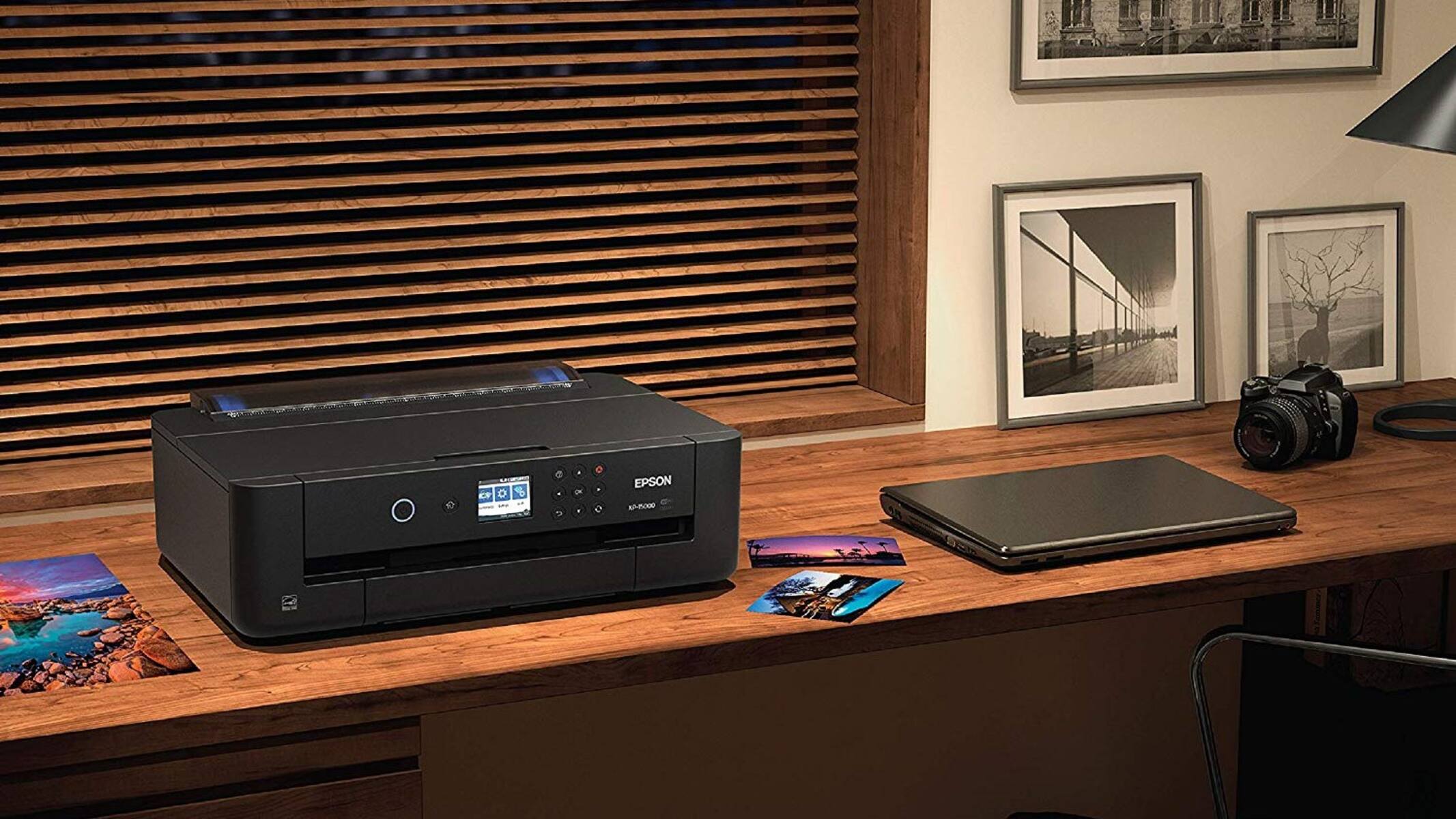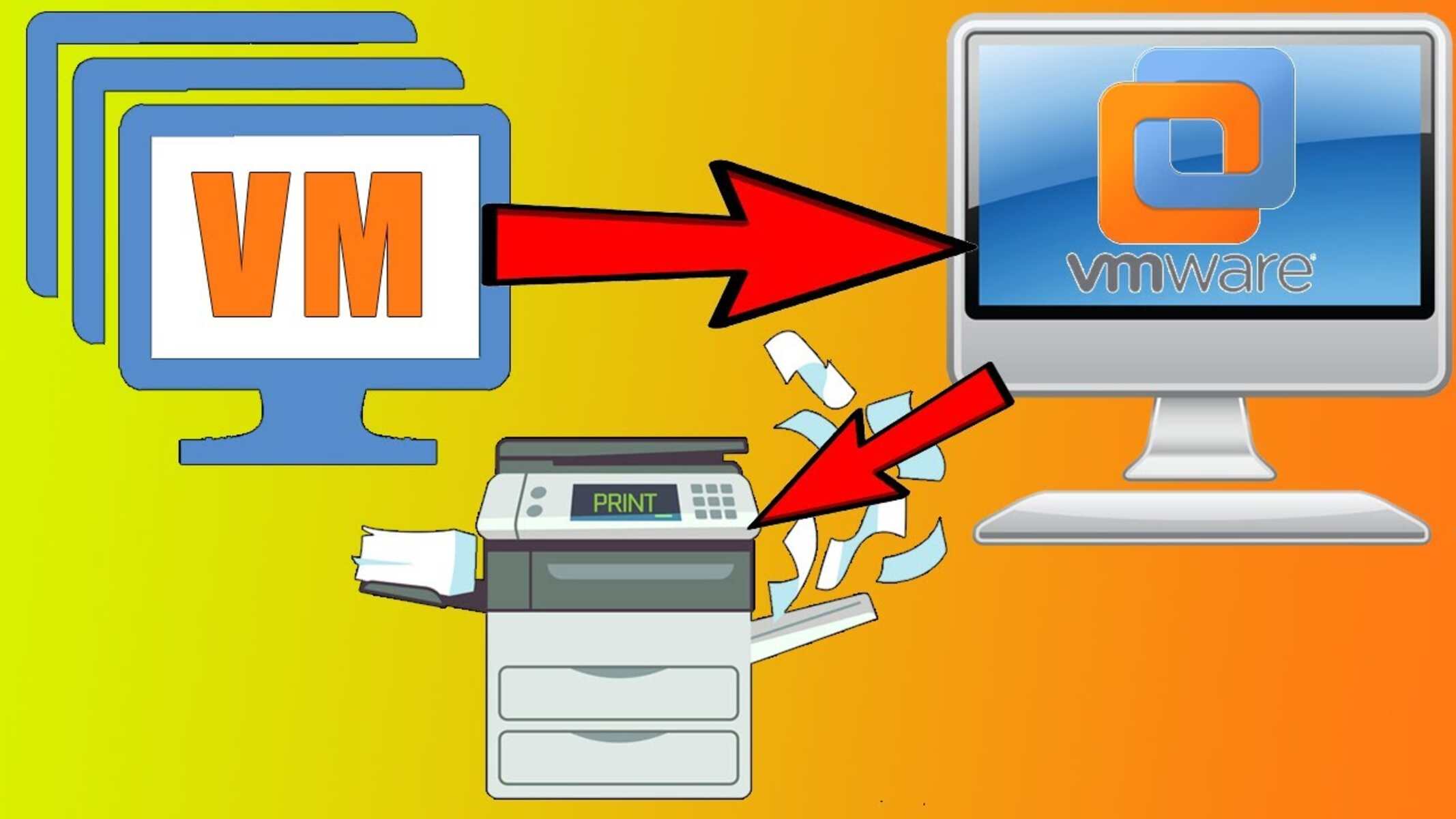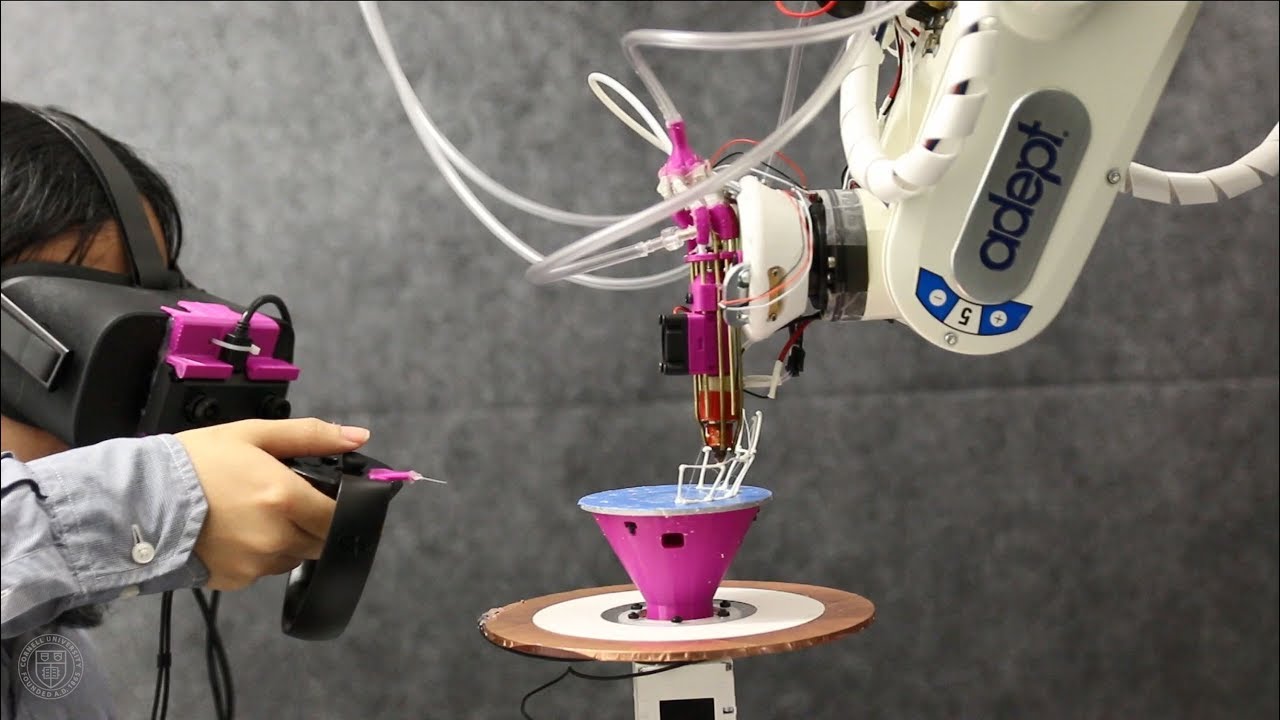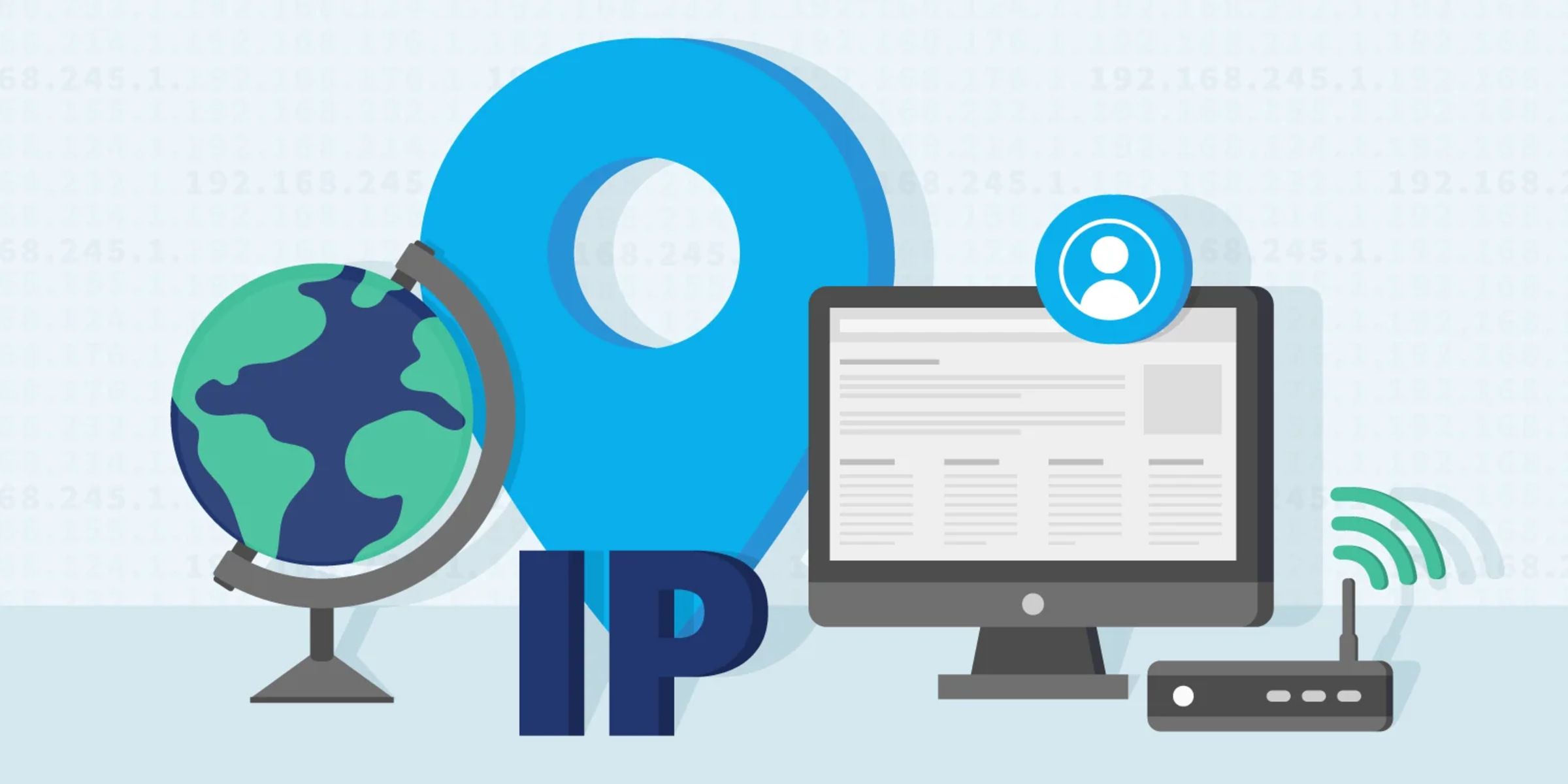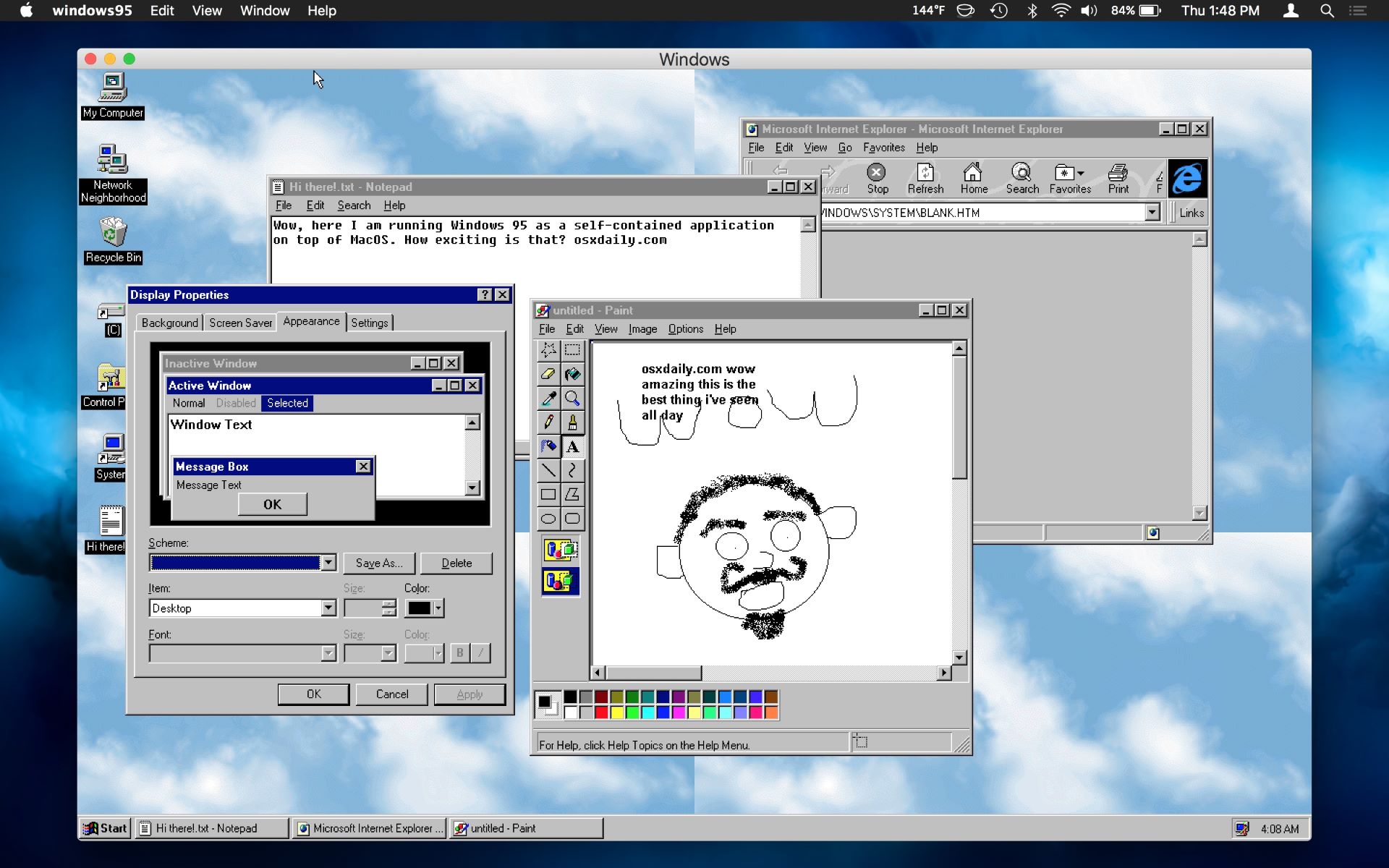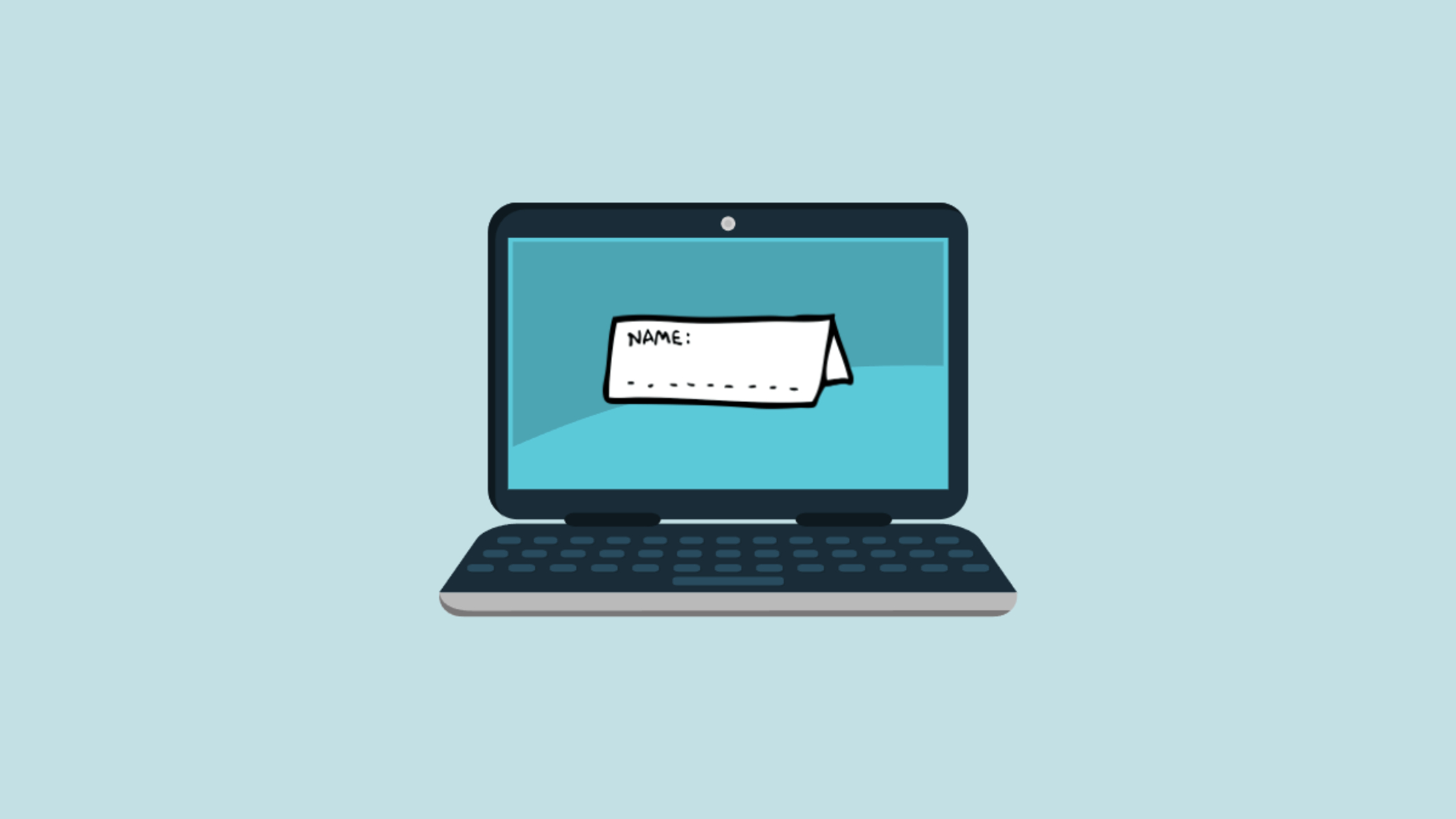Introduction
Welcome to the world of virtual workstations! In today’s digital age, virtualization has become increasingly popular, allowing users to create and operate virtual machines on their computers. This technology offers numerous benefits, including increased efficiency, flexibility, and cost savings. If you’re using a virtual workstation, such as VirtualBox, VMware, or Hyper-V, you may find yourself needing to print documents from within the virtual environment.
However, installing a printer in an offline virtual workstation can be a bit tricky. Since the virtual machine operates separately from the host machine, it doesn’t have direct access to the physical printer. But fear not! In this article, we will walk you through the necessary steps to successfully install and configure a printer in a virtual workstation.
Before diving into the technical aspects, it’s important to ensure that you have a compatible printer and operating system for your virtual workstation. Most modern printers are compatible with virtualization software, but it’s always a good idea to check the manufacturer’s specifications or consult their support resources.
Now, let’s get started on setting up and connecting a printer to your virtual workstation. It’s time to bridge the gap between the virtual and physical worlds!
Step 1: Setting Up the Virtual Workstation
Before we can install and use a printer in a virtual workstation, we need to have the virtual environment set up and ready to go. Here are the steps to get started:
-
Select a Virtualization Software: Choose a virtualization software that suits your needs and install it on your computer. Popular options include VirtualBox, VMware, and Hyper-V. Each software has its own interface and features, but the basic principles remain the same.
-
Create a New Virtual Machine: Open the virtualization software and create a new virtual machine. You will be prompted to choose the operating system, allocate resources such as memory and storage, and configure other settings. Make sure to allocate enough resources to ensure smooth operation.
-
Install the Operating System: Once the virtual machine is created, you need to install the desired operating system. This can be a Windows, Linux, or macOS installation, depending on your needs.
-
Configure Network Settings: To connect the virtual workstation to the internet and other devices, you need to configure the network settings. Select the appropriate networking mode, such as bridged or NAT, depending on your requirements.
-
Install Virtualization Tools: Most virtualization software comes with tools or drivers that enhance the performance and functionality of the virtual machine. Install these tools to ensure a smooth experience.
By following these steps, your virtual workstation will be up and running, ready for the next phase of installing a printer. Take your time to ensure the virtual environment is properly set up before moving on to the next step. Once everything is in place, we can proceed to connect the printer to the virtual workstation.
Step 2: Connecting the Printer to the Virtual Workstation
Now that you have your virtual workstation set up, it’s time to establish a connection between the virtual machine and the physical printer. Follow these steps to connect the printer:
-
Check Printer Compatibility: Ensure that your printer is compatible with your virtualization software. Most popular printer models have drivers available for virtual environments. Check the printer manufacturer’s website or support resources for specific instructions and compatibility details.
-
Connect the Printer: Connect your printer to the host machine, the physical computer on which the virtualization software is installed. Use a USB cable, network connection, or other appropriate means to establish the connection.
-
Enable Sharing: In the settings of your virtualization software, enable printer sharing to allow the virtual machine to access the printer. This option is usually found in the virtual machine settings or preferences menu.
-
Add a Virtual Printer Port: In the virtual machine settings, add a virtual printer port that connects to the physical printer port. This step establishes a communication channel between the virtual machine and the printer.
-
Configure Printer Connection: Within the virtual machine, open the device settings or control panel and add a new printer. Choose the option to connect to a network or shared printer. Select the virtual printer port you created in the previous step.
These steps may vary slightly depending on the virtualization software you are using. However, the general concept remains the same: establish a connection between the virtual machine and the physical printer to enable printing from within the virtual environment.
Once the printer is connected, you can proceed to the next step of configuring the printer settings to ensure optimal performance and functionality.
Step 3: Configuring the Printer Settings
After successfully connecting the printer to the virtual workstation, we need to configure the printer settings to ensure smooth functionality. Here are the steps to configure the printer settings:
-
Access Printer Properties: Within the virtual machine, go to the control panel or printer settings to access the properties of the connected printer. This will allow you to customize various settings.
-
Set Default Printer: If you have multiple printers connected to your virtual workstation, set the desired printer as the default. This ensures that all print jobs are sent to the intended printer by default.
-
Adjust Paper Size and Orientation: Configure the paper size and orientation settings according to your printing requirements. Choose from commonly used paper sizes such as A4, letter, or legal, and select between portrait or landscape orientation.
-
Manage Print Quality: Adjust the print quality settings based on your needs. Higher print quality may result in slower printing speed, so find the right balance for your specific requirements.
-
Enable Double-Sided Printing: If your printer supports double-sided printing, enable this feature in the printer settings. This can help save paper and make your printing more eco-friendly.
-
Install Additional Printer Software: Some printers require additional software or drivers to unlock advanced features. Check the printer manufacturer’s website for any available software updates or optional utilities that you may want to install.
By configuring these printer settings, you can optimize the printing experience within your virtual workstation. The options available may vary depending on the printer model and the software used for virtualization.
Once the printer settings are configured, we can move on to the next step of installing the printer driver to ensure proper communication between the virtual machine and the printer.
Step 4: Installing the Printer Driver
Now that the printer is connected and the settings are configured, we need to install the necessary printer driver within the virtual machine. Follow these steps to install the printer driver:
-
Obtain the Printer Driver: Visit the printer manufacturer’s website and locate the driver download section. Look for the driver that corresponds to your printer model and the operating system installed in your virtual machine.
-
Download and Install the Driver: Download the driver software and run the installation package within the virtual machine. Follow the on-screen instructions to complete the installation process.
-
Restart the Virtual Machine: After the driver installation is complete, it is recommended to restart the virtual machine to ensure that the driver is fully integrated into the system.
The printer driver acts as a bridge between the virtual machine and the connected printer, allowing them to communicate effectively. It provides the necessary instructions and commands for printing documents from within the virtual environment.
When installing the printer driver, make sure to select the correct driver version that matches both the printer model and the operating system installed in the virtual machine. Using an incorrect or incompatible driver may result in printing errors or functionality issues.
With the printer driver successfully installed, your virtual workstation is now ready to print documents. However, before you start printing, it’s essential to test the printer connection to ensure everything is working as expected.
Step 5: Testing the Printer Connection
After completing the previous steps, it’s vital to test the printer connection within the virtual workstation to ensure that everything is functioning correctly. Follow these steps to test the printer connection:
-
Open a Test Document: Within the virtual machine, open a document or file that you want to print. It can be a simple text document, a PDF, or any other file format that is compatible with your virtual machine’s operating system.
-
Go to the Print Menu: From within the application, navigate to the “Print” menu. This option is usually located in the “File” or “Print” dropdown menu.
-
Select the Printer: In the print menu, select the connected printer from the available printer options. Ensure that the correct printer is selected, especially if you have multiple printers connected.
-
Configure Print Settings: Review and adjust the print settings as needed. This includes selecting the desired number of copies, page range, print quality, and any other options specific to your virtual machine’s printing setup.
-
Initiate the Print Job: Once the printer settings are configured, click on the “Print” button to initiate the print job. The virtual machine will send the print request to the connected printer.
-
Verify Successful Printing: Monitor the printer closely to ensure that it receives the print job and starts printing. Check the printed output for quality, alignment, and any other desired criteria.
If the printer successfully prints the test document, congratulations! You have successfully installed and configured a printer in your virtual workstation. You can now print documents directly from within the virtual environment.
However, if the printer fails to print or encounters any errors, double-check the printer connection and settings. Ensure that all the necessary drivers are installed correctly. If the issue persists, consult the printer manufacturer’s support resources or seek assistance from forums or online communities dedicated to virtualization.
By testing the printer connection, you can ensure that the virtual machine communicates effectively with the physical printer, enabling you to print documents seamlessly.
Conclusion
Setting up and installing a printer in an offline virtual workstation can initially seem like a daunting task. However, by following the step-by-step instructions outlined in this guide, you can successfully bridge the gap between the virtual and physical worlds and enjoy the convenience of printing from within your virtual environment.
We began by setting up the virtual workstation, selecting the appropriate virtualization software, creating a new virtual machine, installing the operating system, and configuring the network settings. Once the virtual environment was prepared, we moved on to connecting the printer by checking compatibility, establishing the connection, and configuring the printer settings.
After connecting the printer, we installed the necessary printer driver to facilitate effective communication between the virtual machine and the physical printer. Finally, we tested the printer connection by printing a test document, ensuring that all the components were working seamlessly together.
With the printer successfully installed and tested, you can now enjoy the convenience of printing documents directly from within your virtual workstation. Whether you’re working in a virtual office environment, experimenting with different operating systems, or simply prefer the flexibility of virtualization, having a working printer can greatly enhance your productivity.
Remember to regularly check for driver updates and software patches to ensure the smooth operation of the printer within the virtual environment. Additionally, consult the printer manufacturer’s support resources for further guidance or troubleshooting in case any issues arise.
By following the steps in this guide, you can effectively install and configure a printer in an offline virtual workstation, making your virtual experience even more efficient and enjoyable.







